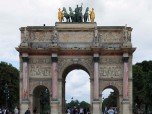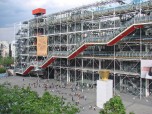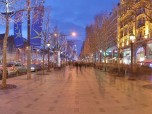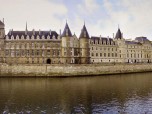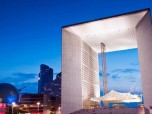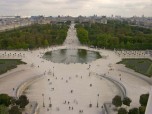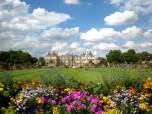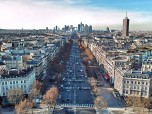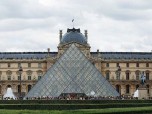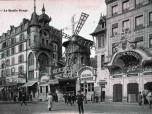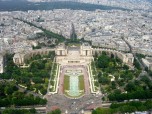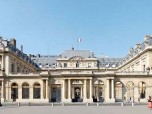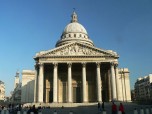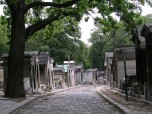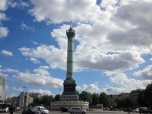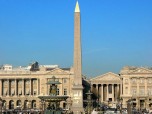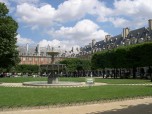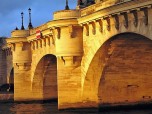Because of the rich medieval history that is associated with Belgium, it is no wonder that many of its cities and landmarks have been declared as World Heritage Sites in recent years. One of these heritage sites is the Notre Dame de Tournai Cathedral, a religious edifice that has weathered almost 800 years of existence.
The Notre Dame de Tournai is a rare piece of architecture that artfully combines three periods of architectural influence such as the Romanesque, the Gothic and the Transitional. This is due to the countless reconstructions it has undergone throughout the centuries. You would find Romanesque influence in the fresco paintings that depict the life of St. Marguerite of Antioch. These painting, are considered the largest series of Romanesque fresco paintings in Belgium. The nave of the cathedral also has Romanesque roots. This is characterized by an intricate attention to harmonious proportion, evident in the four horizontal window levels that span the length of the cathedral. These windows were originally adorned with rose-colored windows, until stability issues forced authorities to replace them with brick vaults. Breaking from the Romanesque theme, the choir part of the cathedral owes its construction to Gothic inspirations. The choir’s abundant lighting and awe-inspiring verticality–36 m above the keystone– renders a solemn mood to the cathedral’s centerpiece, a 1727 marble altar. Stained glass windows provide a colorful backdrop to an already impressive setting.
The cathedral also holds reliquaries that may be an interest for the devout Catholic or curious historian. These include the Byzantine Cross, a relic that contains a fragment of the cross of Jesus Christ. You can also find other liturgical furniture donated by the faithful in the cathedral’s treasure room.
Your journey through medieval Belgium wouldn’t be complete without a visit to this interesting and historical cathedral.





